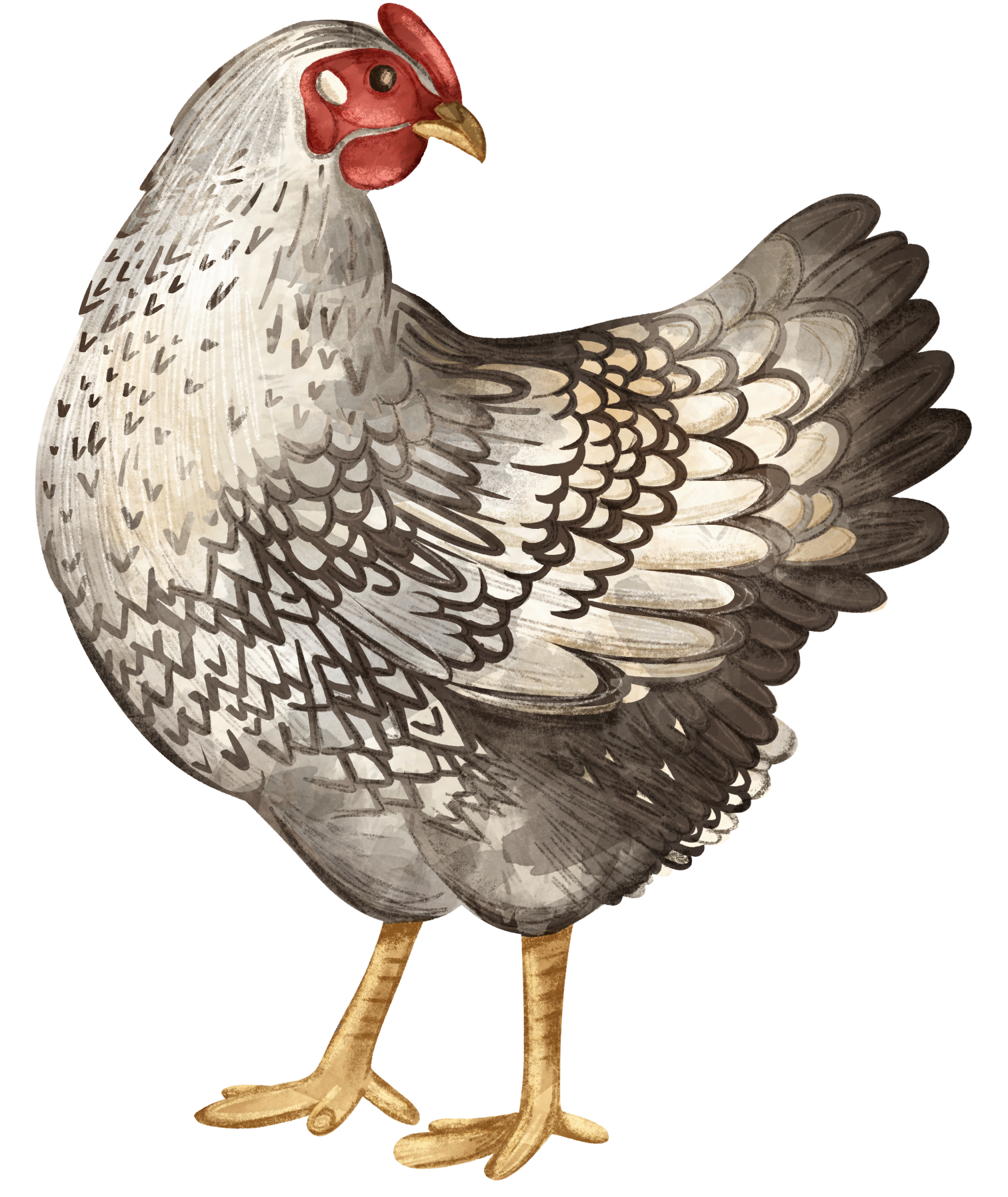Article: A Step-by-Step Guide to Crafting a Perfect Sourdough Starter
A Step-by-Step Guide to Crafting a Perfect Sourdough Starter
Embarking on a journey to make your own sourdough bread is a rewarding endeavor that starts with creating a healthy, robust sourdough starter. Using just a few simple ingredients and a bit of patience, you'll soon have a thriving culture that will form the foundation of your delicious homemade bread. In this guide, we'll walk you through the process over the course of seven days, following a simple yet effective method.
Day 1: Establishing the Foundation
On the first day, we lay the groundwork for your sourdough starter. Here's what you'll need:
Ingredients:
- 60g All-Purpose Flour (Recommended: King Arthur brand)
- 60g Water
Instructions:
-
Mix the Flour and Water:
- In a clean, non-metallic container, combine 60g of all-purpose flour with 60g of water. Using high-quality flour, like King Arthur, can make a noticeable difference in the final flavor and texture of your sourdough.
-
Stir and Cover:
- Stir the mixture thoroughly until there are no dry spots. Then, cover the container with a breathable material such as a clean kitchen towel or cheesecloth. This allows wild yeast and bacteria to enter and begin the fermentation process.
-
Let It Rest:
- Allow the mixture to sit at room temperature (around 70-75°F or 21-24°C) for the next 24 hours. During this time, you may notice some subtle changes in the texture and aroma.
Day 2-7: Strengthening Your Starter (Repeat Day 2)
On the second day and for the next five days, we'll continue to cultivate a robust and active sourdough culture. Here's the plan:
Ingredients:
- Discard half of the existing starter
- 60g All-Purpose Flour (King Arthur)
- 60g Water
Instructions:
-
Discard Half of the Starter:
- Start by removing half of the mixture from the previous day. This helps maintain an ideal balance of yeast and bacteria, ensuring a vigorous and healthy starter.
-
Add Flour and Water:
- Incorporate 60g of all-purpose flour and 60g of water into the remaining starter. Mix thoroughly until well combined.
-
Stir and Cover:
- As before, stir the mixture well to ensure an even distribution of flour and water. Cover the container and let it rest for another 24 hours.
Maintaining Your Starter:
-
For Imminent Baking (Within 2 Days):
- Keep the starter on the counter and increase feedings to every 12 hours. This ensures it's active and ready for baking.
-
Not Planning to Bake Soon:
- Store the starter in the refrigerator and feed it once a week. Be sure to give it one final feeding before refrigerating to ensure it's well-nourished during its rest.
Potential Issues and How to Correct Them:
-
Slow Starter Growth:
- If you notice minimal activity, extend the feeding and resting times by a few hours. Ensure your starter is kept in a consistently warm environment.
-
Unpleasant Odor or Mold Growth:
- If your starter develops a foul smell or shows signs of mold, discard it immediately. Clean your container thoroughly and start anew.
-
Lack of Bubbles:
- If your starter is not producing bubbles, try adjusting the feeding schedule. You can also try using a different type of flour, as some brands may have more active wild yeast.
-
Excessive Hooch Production:
- Hooch, or alcohol production, can occur if the starter is hungry or the feeding ratios are imbalanced. To correct this, add the same amount of flour (60g) but reduce the water to 40-50g. This adjustment will help restore the balance and vitality of your starter.
After following these simple steps for a week, you've successfully established a robust sourdough starter. With regular feedings and a little more patience, you'll soon be ready to bake your own mouthwatering, artisanal sourdough bread. Stay tuned for our next blog, where we'll dive into the exciting world of sourdough bread-making! Happy baking!






Leave a comment
This site is protected by hCaptcha and the hCaptcha Privacy Policy and Terms of Service apply.